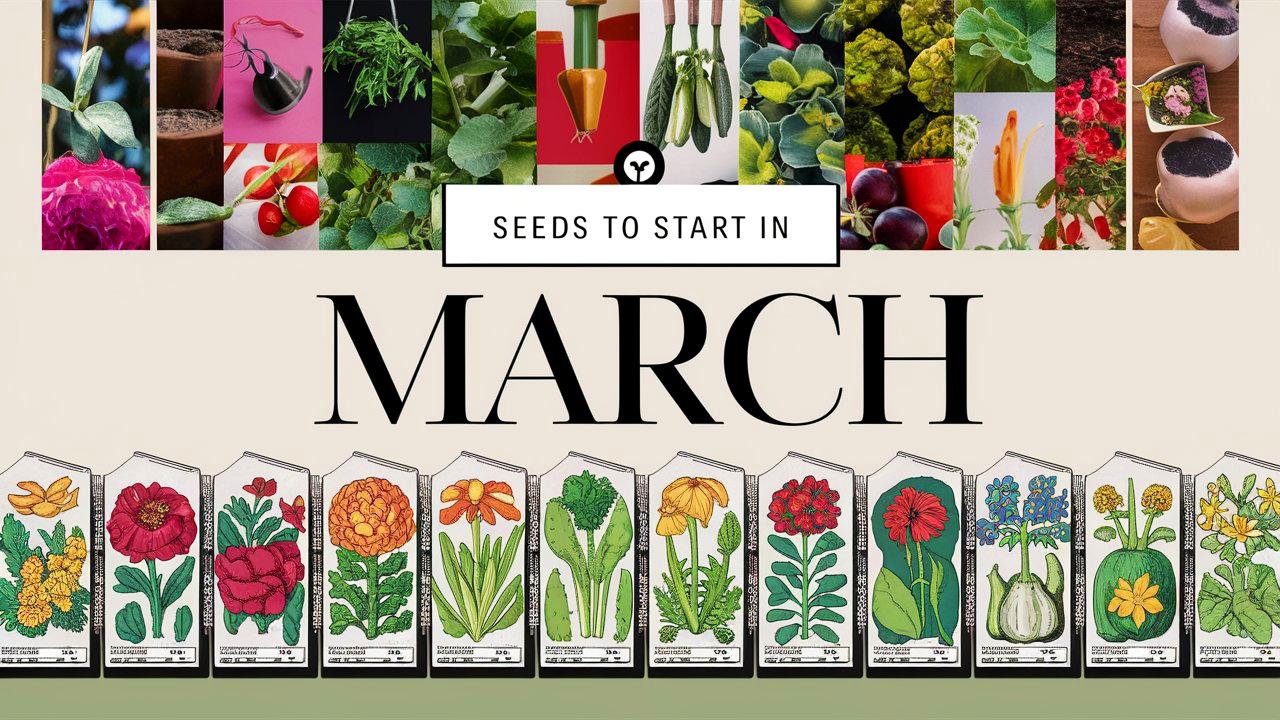As the last frosts of winter begin to fade, March marks the hopeful onset of the gardening season. For gardeners eagerly awaiting the chance to cultivate their green spaces, this month presents an opportunity to sow seeds that will transform the landscape with vibrant flowers, healthy vegetables, and fragrant herbs.
In this extensive guide, we will dig into specific varieties that can withstand the unique climate conditions of various USDA hardiness zones, fully exploring the nuances of temperature tolerance, planting times, and cultivating tips for each plant.
Vegetables to Plant
Peas
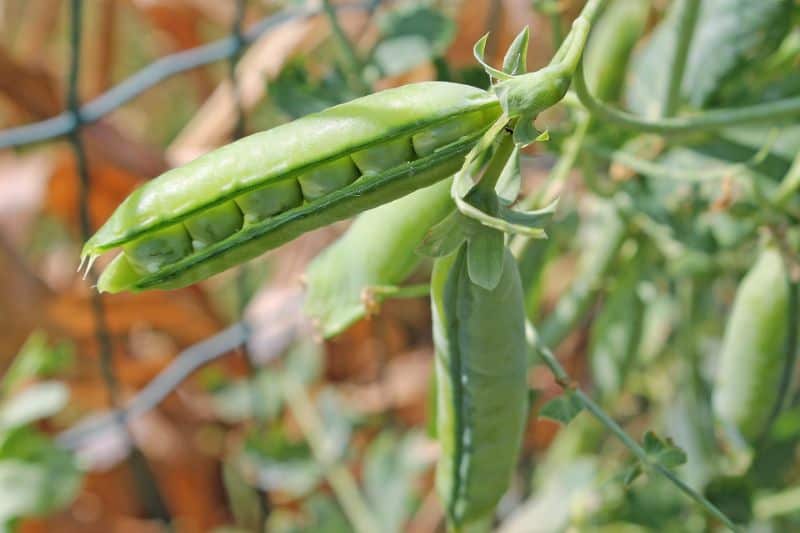
Peas are a quintessential cool-season crop, renowned for their sweet flavor and adaptability. Their climbing vines not only produce edible pods but also add verticality to garden designs.
Temperature Tolerance: Peas thrive in soil temperatures between 45°F to 70°F, and their resilience to cooler conditions allows them to survive light frosts. This makes them perfect for March planting when the ground begins to warm up from winter.
Planting Dates: In USDA zones 3 through 5, peas can be planted in late March to early April, as the soil begins to thaw. In zone 6, mid to late March is optimal, while in warmer climates (zones 7 and 8), planting can commence as early as mid-March, allowing time before harsher heat sets in.
Cultivation Tips: To enhance yield, consider preparing the planting bed with well-rotted manure or compost. Use pea inoculant when planting to boost nitrogen-fixing bacteria in the soil, promoting healthier plants.
Spinach
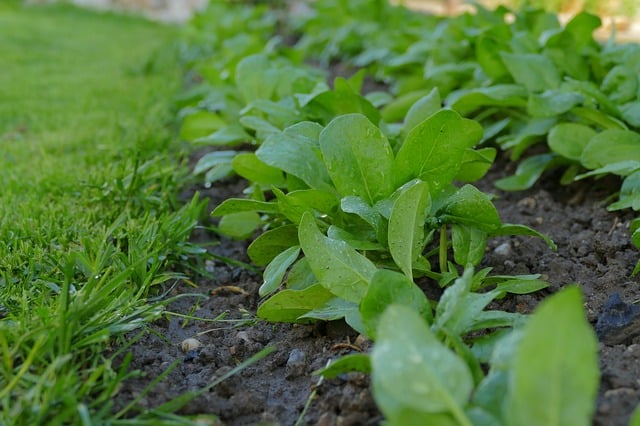
Spinach is a powerhouse of nutrition, packed with vitamins and minerals. Its versatility in culinary applications—from salads to stews—makes it a garden staple.
Temperature Tolerance: Spinach prefers soil temperatures between 50°F to 60°F. Remarkably frost-hardy, it can withstand temperatures as low as 20°F, making it an ideal candidate for early spring.
Planting Dates: In USDA zones 3 and 4, the end of March is the recommended planting time. In zone 5, sow seeds right around mid to late March. For gardeners in warmer zones (6 to 8), you can start your seeds in early March to maximize production before the heat causes the plants to bolt.
Cultivation Tips: For optimal growth, ensure that soil is well-drained and rich in organic matter. Spinach thrives in full sun but can tolerate partial shade, particularly as the weather warms. Regular watering is key to prevent bitterness in the leaves.
Lettuce
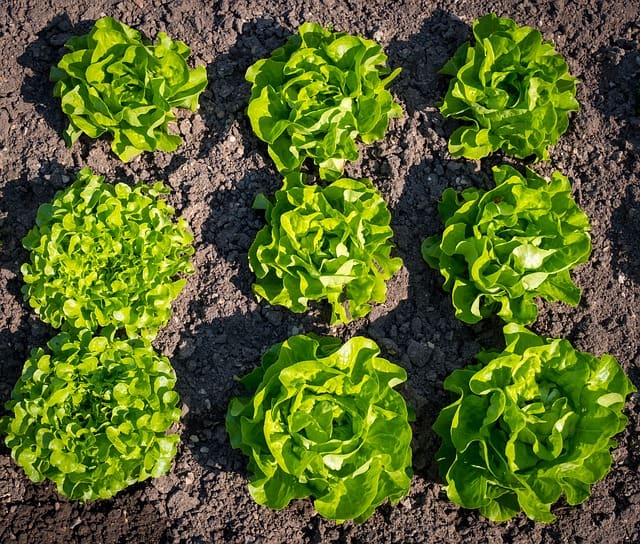
Lettuce is one of the quickest-growing vegetables, making it ideal for those eager to harvest early. With various types—from crisp romaine to delicate butterhead—there’s a variety for every palate.
Temperature Tolerance: Lettuce thrives in cooler conditions, ideally between 60°F to 65°F. While some varieties can tolerate light frost, they dislike extreme heat, which can cause them to bolt and become bitter.
Planting Dates: Plant seeds in the last week of March for cooler zones (3 to 5). Gardeners in zone 6 can start in mid-March, while those in warmer zones (7 and 8) can begin sowing seeds as early as the first week of the month.
Cultivation Tips: Lettuce prefers loamy, rich soil and benefits from consistent moisture. To prolong the growing season, use row covers to keep the soil warm early in the season and shade cloth in warmer weather to avoid stress.
Broccoli
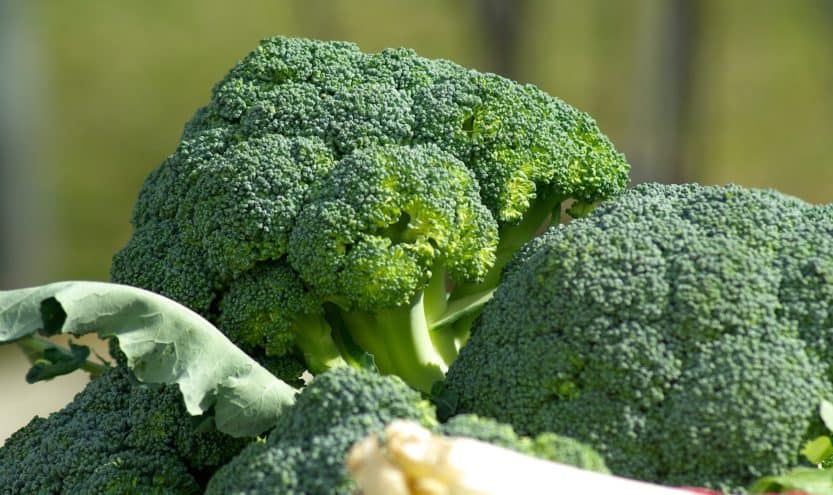
A nutritional superstar, broccoli is rich in vitamins K and C, dietary fiber, and antioxidants. This hardy plant can be a showpiece in your garden while contributing healthy produce to your meals.
Temperature Tolerance: Broccoli thrives in cool weather and prefers temperatures between 60°F to 70°F. It can withstand light frost but is sensitive to extreme heat, which can cause it to bolt prematurely.
Planting Dates: Start seeds indoors in mid-March for zones 3 and 4 to transplant outdoors in early April. In zone 5, direct sowing can begin in the last week of March; gardeners in zones 6 and above can plant both indoors and outdoors in March.
Cultivation Tips: To obtain robust heads, provide ample nitrogen in the soil. Use a balanced fertilizer and ensure your plants receive full sun for at least six hours a day. Water regularly to maintain consistent moisture.
Kale
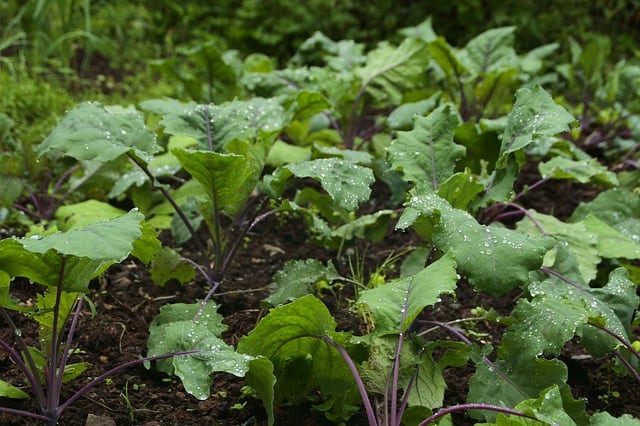
Kale has experienced a renaissance in the culinary world, praised for its health benefits and versatility. This leafy green can be harvested continually, providing fresh greens throughout the season.
Temperature Tolerance: Kale is robust and tolerates frost, thriving in temperatures ranging from 45°F to 65°F. Its flavor often improves after exposure to cold, making it an excellent choice for late fall or early spring harvests.
Planting Dates: For zones 3 to 5, plant kale seeds in late March. In zone 6, consider starting seeds indoors mid-March and transplanting by early April. Those in warmer states (7 to 9) can sow seeds at the beginning of March to capitalize on cooler temperatures.
Cultivation Tips: Kale prefers rich, well-drained soil and can benefit from companion planting with onions or herbs to deter pests. Harvest outer leaves regularly to encourage continued growth and prevent flowering.
Carrots
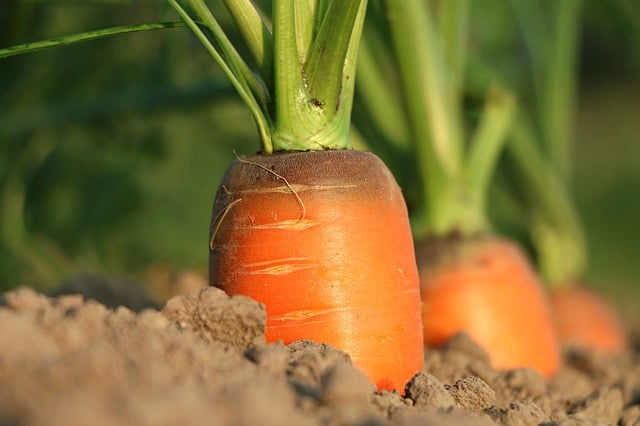
Carrots are a garden classic, bringing vibrant color and sweetness to dishes. Homegrown carrots are notably more flavorful than store-bought options.
Temperature Tolerance: Carrots flourish in soil temperatures of 45°F to 75°F. They can tolerate light frost but prefer cooler weather for optimal sweetness.
Planting Dates: In cooler zones (3 to 5), aim to plant seeds in late March, while zones 6 to 9 can initiate sowing in mid-March for an earlier harvest.
Cultivation Tips: Carrots prefer well-loosened soil with ample organic material. Thin seedlings to prevent crowding, assuring that each carrot has space to grow. Consistent, even moisture is crucial for preventing splitting and producing sweet roots.
Radishes
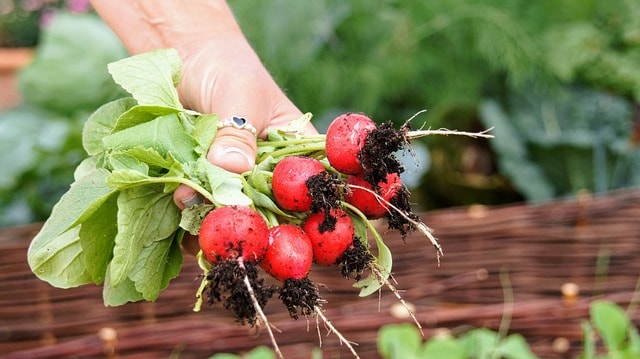
One of the most rewarding crops for beginners, radishes grow quickly and are perfect for tight spaces. Their crunchy texture and peppery flavor add a delightful zing to salads and dishes.
Temperature Tolerance: Radishes thrive between 50°F and 70°F and can handle light frost, making them perfect for early spring sowing.
Planting Dates: In zones 3 to 5, sow seeds in late March. For zone 6, mid to late March is ideal, while those in warm zones (7 to 9) can start in early March.
Cultivation Tips: Radishes prefer loose, sandy soil to allow root expansion. To ensure healthy growth, sow seeds in rows, paying close attention to spacing, and water consistently to prevent them from becoming woody.
Beets
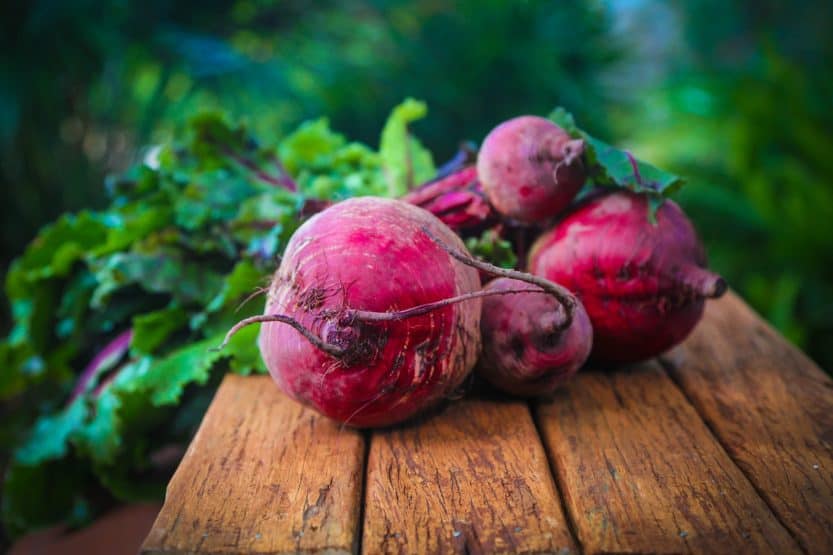
Beets are as beautiful in the garden as they are delicious on the plate, available in various colors and shapes. They are not only nutritious but also provide fantastic greens.
Temperature Tolerance: Beets grow best in moderate temperatures, ideally between 50°F to 85°F, and can tolerate frost, making them ideal for early spring planting.
Planting Dates: Northern gardeners (zones 3 to 5) should plant beets in late March, while those in zone 6 can sow in early March. In warmer zones (7 to 9), early March is also suitable for sowing directly into the soil.
Cultivation Tips: Beets thrive in well-drained soil enriched with organic matter. Regular irrigation during dry spells is essential for sweet, tender roots. Thin seedlings to promote healthy growth and prevent overcrowding.
Swiss Chard
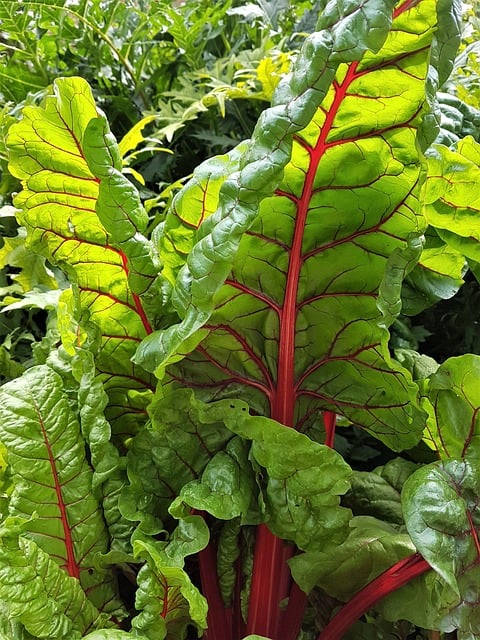
Swiss chard is a beautiful and versatile leafy green that can be used in a variety of dishes. Known for its colorful stems and large leaves, it makes a stunning addition to any garden.
Temperature Tolerance: Swiss chard is tolerant of light frost and prefers cooler weather, ideally thriving between 50°F and 80°F.
Planting Dates: In cooler zones (3 to 5), plant late March. In warmer zones (6 to 9), sow seeds in early March to take advantage of spring’s mild temperatures.
Cultivation Tips: Swiss chard benefits from rich, well-drained soil and consistent watering. For continuous harvest, cut outer leaves regularly and allow inner leaves to grow.
Cabbage
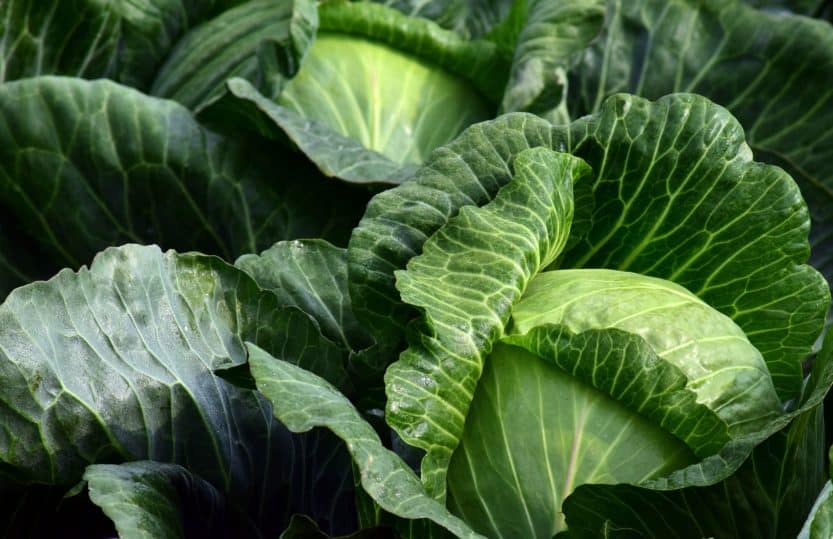
Cabbage is a fantastic cole crop, offering versatility in culinary use while being relatively easy to grow. Its nutritional value makes it a staple in many diets.
Temperature Tolerance: Cabbage thrives in cooler temperatures between 60°F and 70°F and can tolerate frost, making it suitable for early planting.
Planting Dates: In hardiness zones 3 and 4, start your cabbage seeds indoors by mid-March for transplanting in early April. In zones 5 and 6, late March is perfect for direct sowing or transplanting. For zones 7 to 9, March is the optimal time to start seeds indoors or plant outdoors.
Cultivation Tips: Ensure that the soil is rich and well-amended with organic matter. Cabbage benefits from regular watering and can be susceptible to pests such as aphids, so consider companion planting with aromatic herbs to deter them.
Flowers to Plant
Pansies
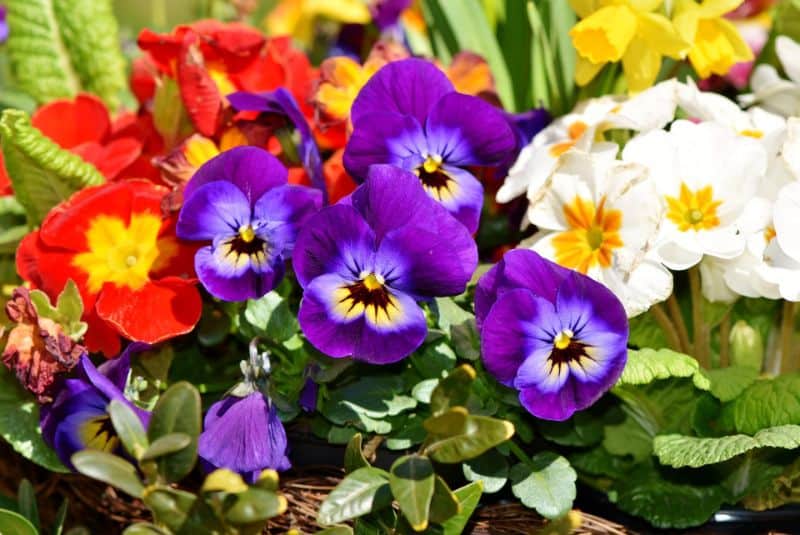
Pansies are cherished for their cheerful faces and wide array of colors. Their resilience makes them a popular choice for spring gardens.
Temperature Tolerance: Pansies can flourish in cool weather and tolerate frost, ideally thriving between 35°F and 70°F.
Planting Dates: In zones 3 to 5, the end of March is the ideal time for planting. For zones 6 to 9, planting in early March allows for better growth before the onset of summer heat.
Cultivation Tips: Plant pansies in rich, well-drained soil, ensuring they get enough sunlight. Regular watering helps to maintain vibrant blooms. Deadheading spent flowers encourages prolonged blooming.
Snapdragons
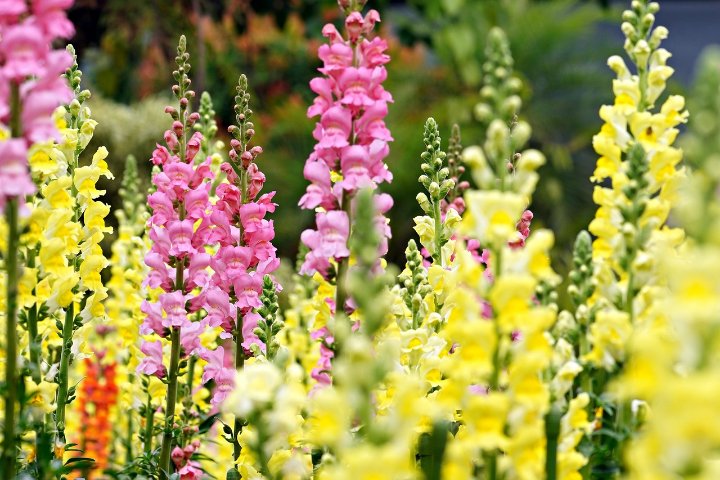
Known for their unique blooms that resemble dragon faces, snapdragons offer vertical interest and color to garden arrangements.
Temperature Tolerance: They thrive in cooler climates, preferring temperatures between 50°F and 70°F. Light frosts do not harm established plants.
Planting Dates: For cold regions (zones 3 and 4), plant in late March, while zones 5 to 6 can start in early to mid-March. Warmer areas (7 to 9) can also plant in late March.
Cultivation Tips: Snapdragons prefer well-drained, rich soil. Monitoring for pests is crucial; particularly aphids, which tend to be attracted to their soft stems. Pinching back the tips encourages fuller plants.
Calendula

Calendula, or pot marigold, is celebrated for its vibrant yellow and orange blooms. This flower is not only ornamental but also known for its medicinal properties.
Temperature Tolerance: It tolerates cooler temperatures down to 30°F and grows well from spring through fall, thriving best in the 60°F to 70°F range.
Planting Dates: For zones 3 and 4, plant seeds in late March; in zones 5 and 6, early to mid-March is ideal. Additionally, those in warmer climates (zones 7 to 9) can plant in early March.
Cultivation Tips: Calendula prefers well-drained soil and is beneficial as a companion plant, attracting pollinators and beneficial insects. Regular deadheading keeps blooms coming and prevents the plants from going to seed too soon.
Sweet Peas
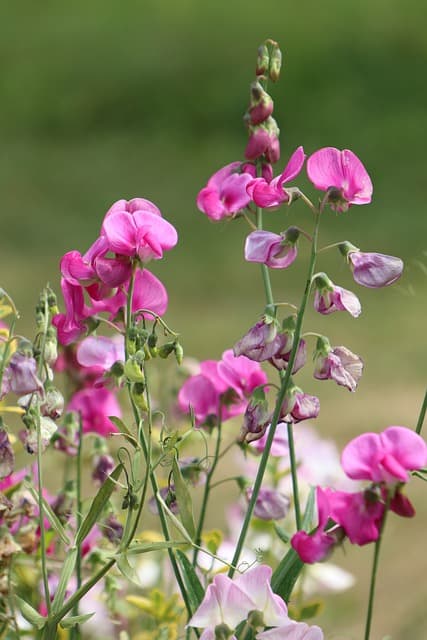
Sweet peas are adored not only for their fragrant blooms but also for their formal appeal in borders and trellises.
Temperature Tolerance: They thrive between 55°F and 70°F and can withstand light frosts, making them ideal for early spring planting.
Planting Dates: In cold regions (zones 3 to 5), sow seeds in late March. In zones 6 to 9, consider starting in early to mid-March.
Cultivation Tips: Sweet peas enjoy full sun and well-drained soil. Encourage climbing by providing trellises. Regular pinching of spent blooms will promote new growth and flowering.
Dusty Miller
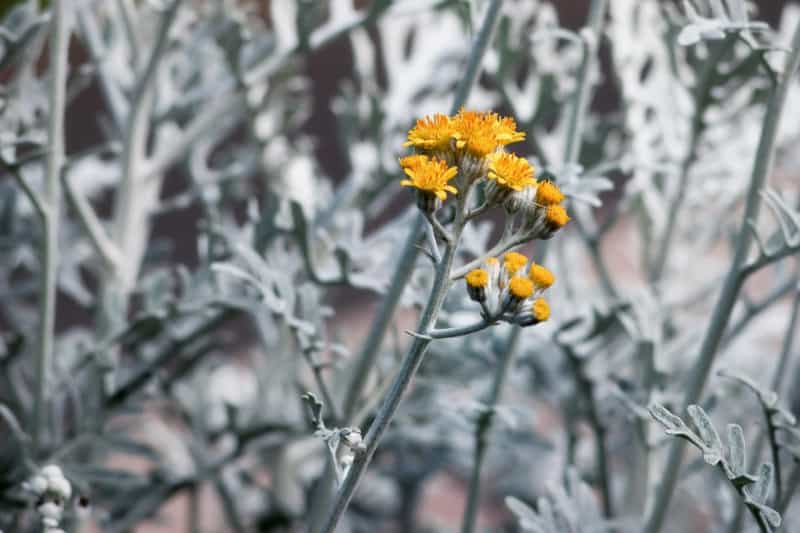
Dusty Miller is famous for its silvery-grey foliage that brightens up any garden space. Used for bedding and borders, this plant can thrive in both sunny and partial shade.
Temperature Tolerance: It can tolerate light frost, thriving between 45°F and 75°F.
Planting Dates: Plant seeds in late March in zones 3 to 5; in zone 6, early March is suitable, while those in warmer zones may also plant early in spring.
Cultivation Tips: Dusty Miller prefers dry, well-drained soil and can tolerate drought conditions. Pruning spent flowers encourages vigorous growth and a tidy appearance.
Dianthus
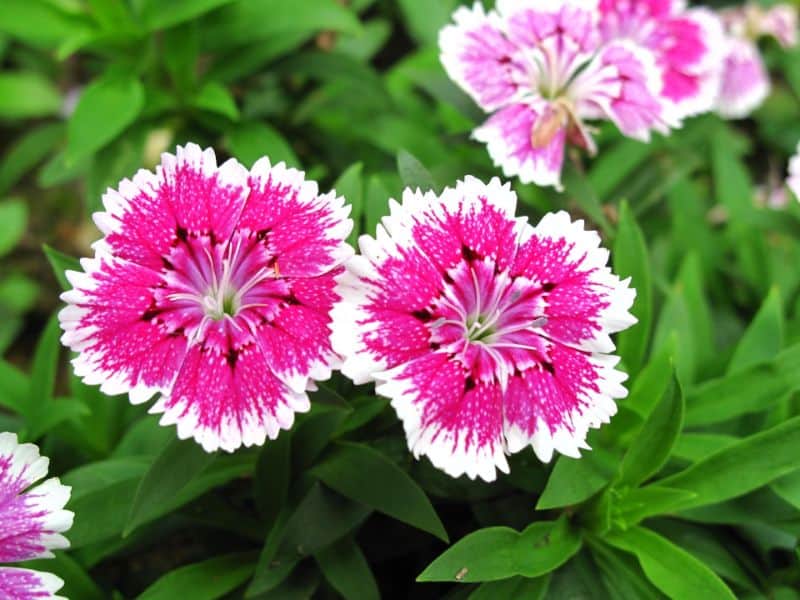
Dianthus, often called carnations, brings sweet clove-like fragrance and lovely blooms to gardens and borders.
Temperature Tolerance: These flowers thrive best between 50°F and 70°F and appreciate cooler conditions while being frost tolerant.
Planting Dates: Plant in late March for northern zones and early March for warmer regions (6 to 9).
Cultivation Tips: Dianthus prefers well-draining soil and full sun. Proper spacing is key for air circulation. Regular deadheading encourages continual blooming throughout spring.
Icelandic Poppies
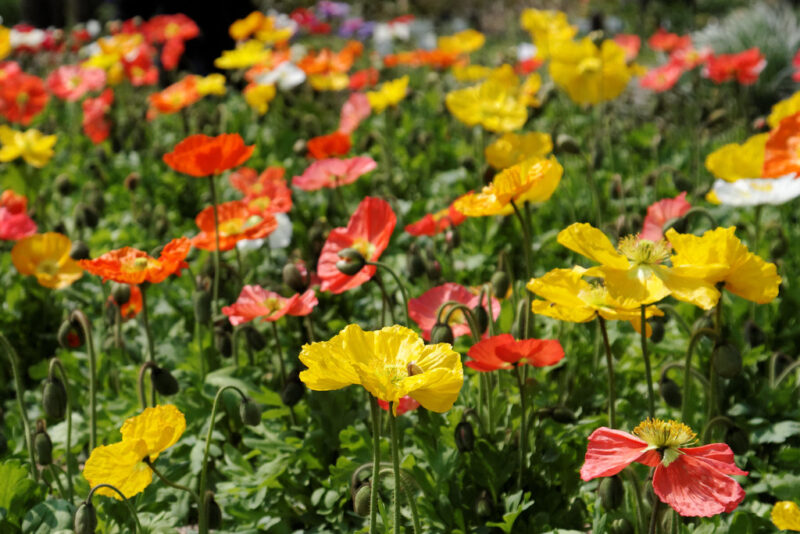
These spectacular flowers produce vibrant, delicate blooms that sway beautifully in the breeze.
Temperature Tolerance: Icelandic poppies grow best in cooler weather and can tolerate light frost, flourishing between 50°F and 70°F.
Planting Dates: For zones 3 to 5, sow seeds in late March; in zones 6 to 9, consider planting in early March for optimal spring growth.
Cultivation Tips: They prefer well-drained soil and a spot where they receive plenty of sunlight. Gentle watering is necessary to establish roots, but be careful not to overwater, as they do not tolerate soggy conditions.
Foxglove
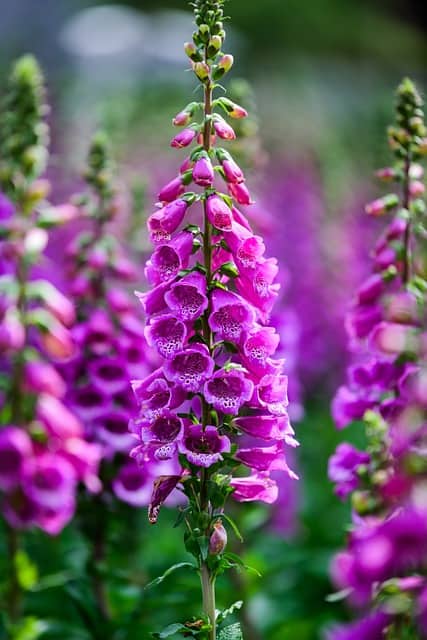
Foxglove is revered for its tall spikes of tubular flowers, adding height and a cottage garden feel. This biennial plant is also a favorite among pollinators.
Temperature Tolerance: Foxglove thrives in temperatures from 50°F to 70°F and can tolerate frost.
Planting Dates: In colder zones (3 to 4), planting should occur in late March, while garden enthusiasts in zones 5 through 6 can plant in early March. Those in warmer areas may follow suit in mid-March.
Cultivation Tips: Foxglove prefers rich, moist, well-draining soil. Given its height, plants should be staked to avoid flopping. They can self-seed, allowing for new blooms in the next season.
Marigolds
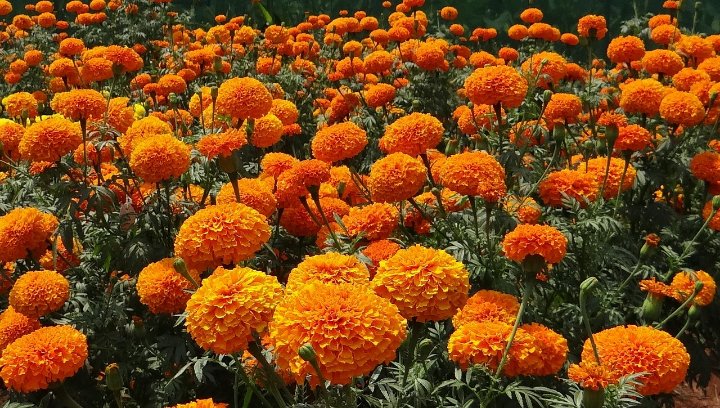
Marigolds are not just beautiful; they are also known for their pest-repellent qualities, making them ideal companions in vegetable gardens.
Temperature Tolerance: Marigolds prefer temperatures above 60°F and can withstand brief cool spells.
Planting Dates: For colder zones (3 to 5), plant marigold seeds in late March; in warmer zones, early March is fine to ensure sturdy plants before summer heat arrives.
Cultivation Tips: Marigolds thrive in well-drained soil and don’t require excessive fertilizer. Regularly deadheading encourages longer blooming. They can also be used as a companion plant to ward off nematodes and pests.
Herbs to Plant
Basil
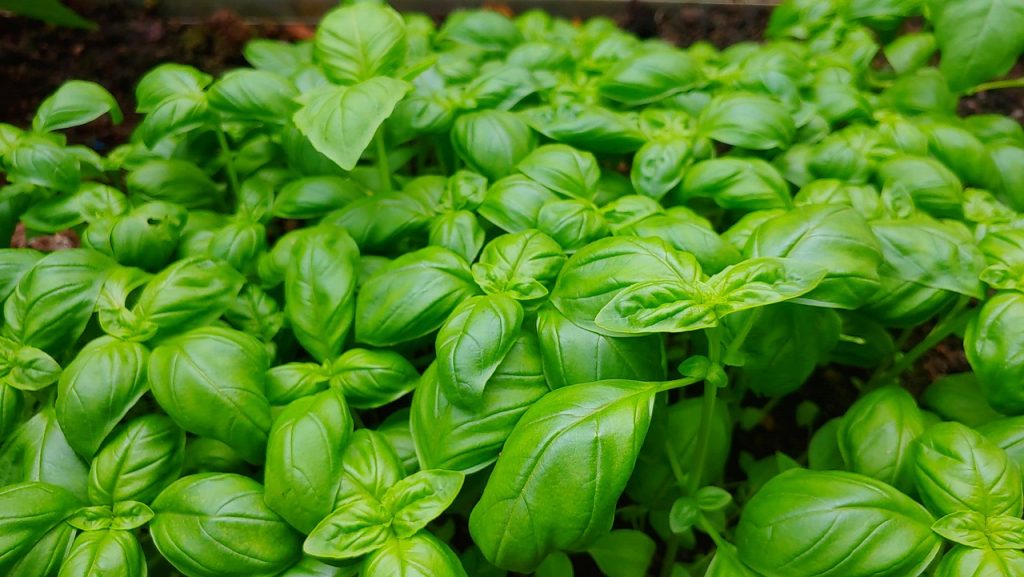
Basil is a culinary classic, renowned for its aromatic leaves that enhance a plethora of dishes, especially in Mediterranean cuisine. Growing basil can significantly elevate your meals and garden.
Temperature Tolerance: Basil loves warmth, preferring temperatures between 70°F and 90°F, making it sensitive to frost.
Planting Dates: In cooler zones (3 to 5), start seeds indoors in late March for transplanting after the last frost. In zones 6 to 9, direct sowing in mid to late March works well, especially where warm weather arrives sooner.
Cultivation Tips: Choose a sunny location with well-drained soil and regular watering. Pinching off flowers will promote bushier growth and prolong leaf production. Companion planting with tomatoes can enhance both plants’ flavors.
Cilantro

Cilantro is a beloved herb with distinct, vibrant flavors often used in salsas, curries, and salads. Its dual use as both leaves and seeds (coriander) makes it exceptionally valuable in the garden.
Temperature Tolerance: Cilantro prefers cooler weather and thrives between 50°F to 70°F, often bolting in higher temperatures.
Planting Dates: For zones 3 to 5, sow cilantro seeds in late March, while in warmer regions (zones 6 to 9), planting can begin in early to mid-March.
Cultivation Tips: Plant cilantro in well-draining soil with ample sunlight. Consistent watering helps to prevent flowering and maintains leaf quality. Direct sowing every few weeks allows for continuous harvest.
Parsley
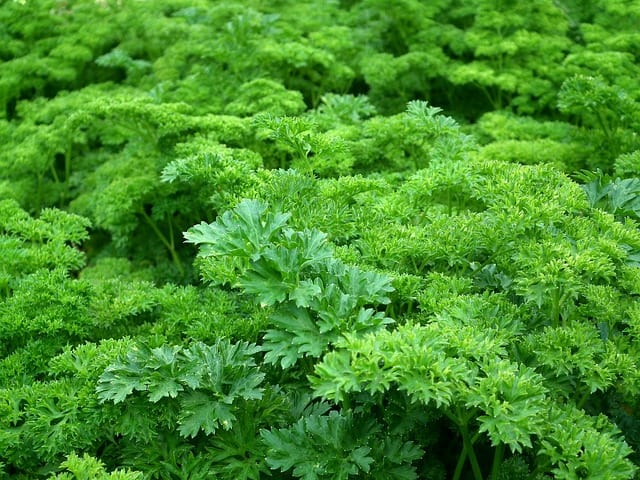
Parsley is a versatile herb, widely used in cuisines around the world. Used as a garnish or flavor enhancer, it’s also packed with nutrients.
Temperature Tolerance: Parsley grows best in cooler temperatures, ideally between 50°F and 70°F, and is frost-tolerant.
Planting Dates: In zones 3 to 5, parsley can be planted in late March, while in warmer zones, sow in early to mid-March to encourage growth during cooler temperatures.
Cultivation Tips: Parsley prefers rich, well-drained soil and consistent moisture. Regularly cut and harvest to encourage bushier growth, as it can grow quite large given space.
Chives

Chives are one of the earliest herbs to emerge in spring, with their mild onion flavor enhancing dishes ranging from salads to soups. They’re easy to grow and can thrive in various conditions.
Temperature Tolerance: Chives are hardy and can tolerate light frost, thriving best between 60°F and 75°F.
Planting Dates: Start seeds in late March in cooler zones (3 to 5) or plant directly outdoors as the soil warms up in zones 6 to 9.
Cultivation Tips: Chives grow well in nutrient-rich soil but can thrive in average garden soil. Regular trimming encourages thicker growth. A sunny spot is essential, and they work well as companions for tomatoes and carrots.
Dill
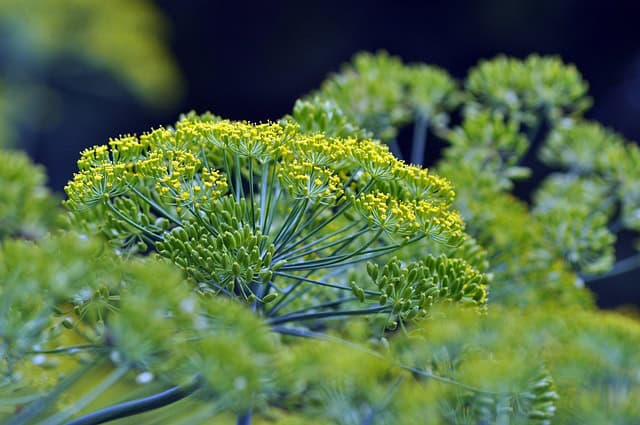
Dill has aromatic leaves and seeds popularly used in cooking and pickling. Its feathery green fronds and yellow flowers also attract beneficial insects.
Temperature Tolerance: Dill performs best between 60°F to 70°F and is intolerant to frost, making timing crucial.
Planting Dates: In colder zones (3 to 5), sow dill seeds in late March while allowing for an early start in warmer zones (6 to 9) during early to mid-March.
Cultivation Tips: Dill prefers well-draining soil with consistent moisture. Its tall growth can shade smaller plants, so spacing appropriately is key. Use it as a companion plant for cabbage to enhance pest resistance.
Oregano

Oregano is beloved for its robust flavor, essential in Italian and Mediterranean cuisines. This hardy perennial grows well in various climates and conditions, making it a garden favorite.
Temperature Tolerance: Oregano thrives in warm, dry conditions, ideally between 60°F and 80°F. It’s sensitive to excessive moisture but resilient against cold.
Planting Dates: For zones 3 to 5, start seeds indoors in late March to transplant later; in zones 6 to 9, direct sowing works from mid-March.
Cultivation Tips: Oregano prefers sandy, well-drained soil and can tolerate drought. Trim back after flowering to encourage bushier growth and ensure your oregano remains flavorful.
Thyme

Thyme is a wonderfully fragrant herb admired for its culinary use and ornamental qualities. With its trailing growth habit, thyme can add beauty and utility to any garden.
Temperature Tolerance: Thyme grows best between 60°F and 75°F and is fairly frost-tolerant.
Planting Dates: In zones 3 to 5, sow seeds indoors in late March. In warmer regions (6 and beyond), early March is an excellent time for direct sowing.
Cultivation Tips: Preferring well-drained soil, thyme does best in sunny locations. It requires minimal watering and can benefit from occasional trimming to maintain flavor concentration.
Sage
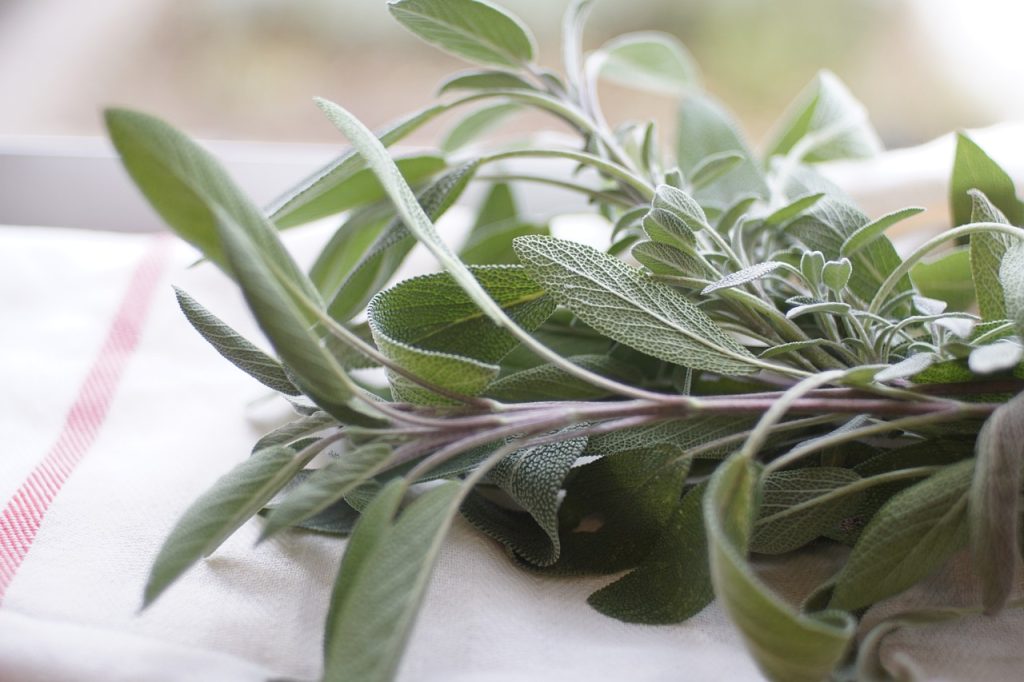
Sage is an essential herb in many dishes for its strong flavor. This perennial plant is also drought-resistant, making it suitable for various gardening conditions.
Temperature Tolerance: Sage thrives in warm conditions, generally between 70°F to 75°F, but is sensitive to frost.
Planting Dates: For zones 3 to 5, start sage seeds indoors in late March for later transplanting. In warmer areas (zones 6 to 9), direct sowing can begin in March.
Cultivation Tips: Sage flourishes in well-drained, sandy soil. It can benefit from good air circulation to prevent fungal diseases. Trim down in the fall to encourage healthy re-growth in spring.
Fennel
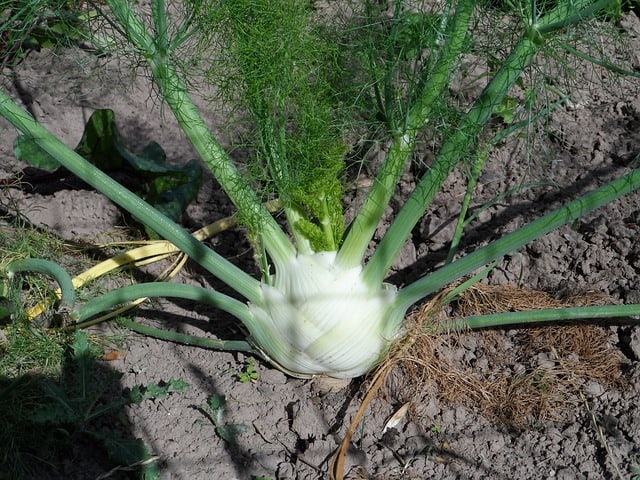
Fennel’s unique flavor and stunning appearance make it an exciting addition to any garden. Used in salads, dishes, and pickling, fennel’s flavor profile adds variety to your culinary repertoire.
Temperature Tolerance: Fennel prefers mild temperatures between 60°F to 70°F and is sensitive to frost.
Planting Dates: In colder regions (3 to 5), late March is best for seeding, while warmer zones (6 to 9) can start in early March.
Cultivation Tips: Fennel needs well-drained soil and sufficient sun. Be cautious of growing fennel near other crops, as it can compete aggressively. Regular watering is vital to develop robust bulbs.
Mint
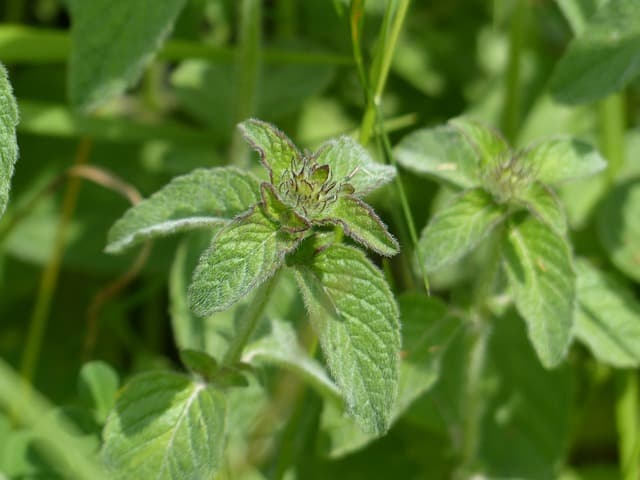
Mint is a highly versatile herb, celebrated for its aromatic leaves used in various culinary applications—from teas to garnishes. Its vigorous growth makes it essential to manage properly.
Temperature Tolerance: Mint prefers moderate temperatures between 60°F and 75°F and is frost-tolerant.
Planting Dates: In colder zones (3 to 5), consider starting mint seeds in late March. In warmer climate regions (6 to 9), early March planting is suitable for establishing healthy plants.
Cultivation Tips: Mint can be invasive; many choose to grow it in containers to control its spread. Ensure it receives partial to full sunlight and consistent moisture for lush growth.


